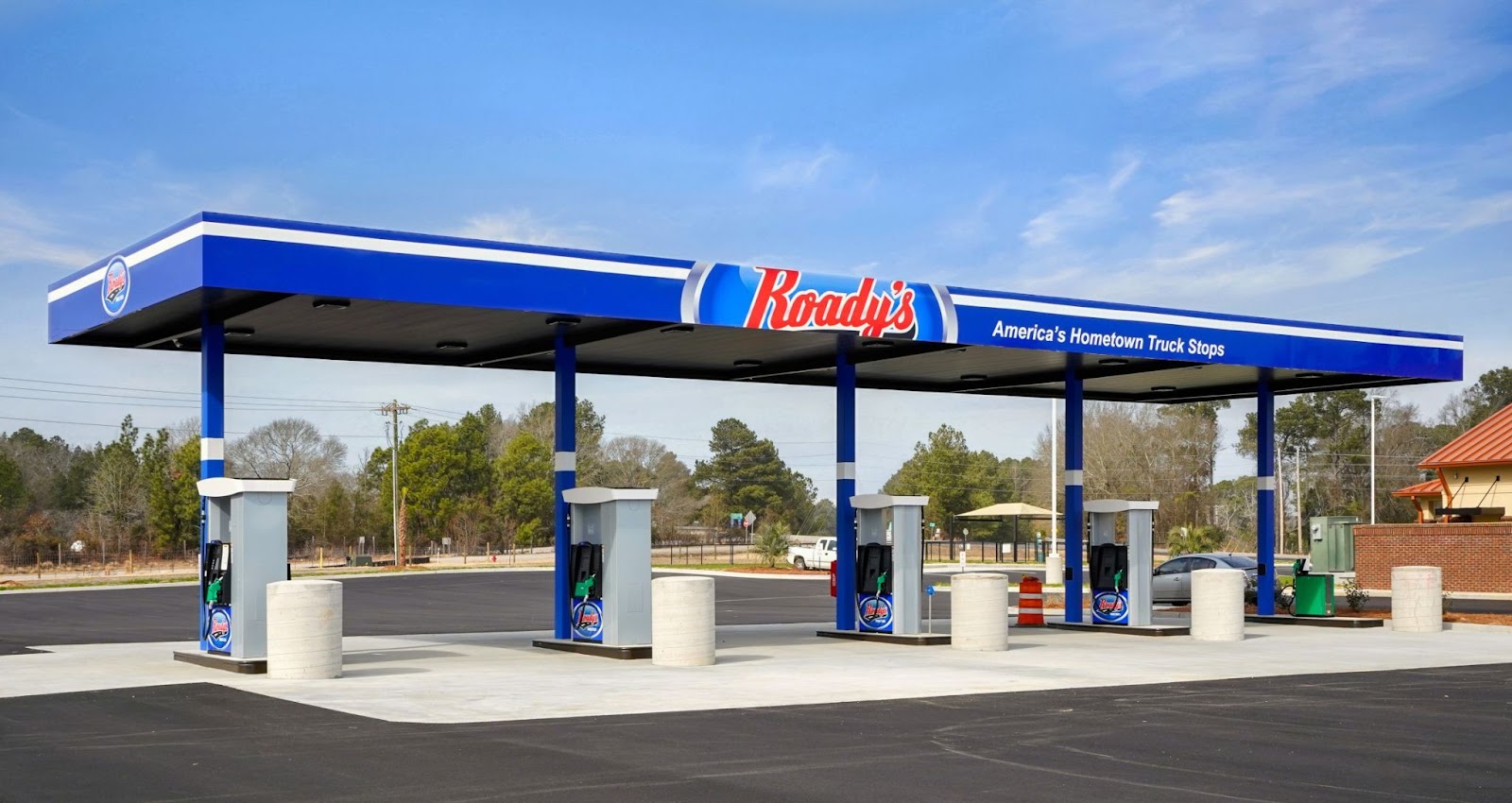
THE 2024 ROADY'S ANNUAL CONFERENCE IS COMING!
Join us in Las Vegas for Networking Opportunities, Educational Seminars, New Technologies, and Racing Really Fast Cars - Find out more at https://conference.roadys.com
One of a truck stop owner’s many important tasks is setting retail prices for fuel. It’s a simple formula — wholesale price + retail markup + fuel taxes — but setting the price for maximum profit is an art that takes time to master.
While fuel taxes are set and there’s only so much you can do to get better wholesale prices as a station owner, you have complete control over the retail markup. That freedom is tempered by the fact that your ability to raise prices and still get good business is very limited.
Still, you have some wiggle room, which means there are choices to make. Here are a few questions to ask yourself as you consider how much to mark up the diesel at your truck stop.
You can keep your markup on the higher side if you have few competitors nearby, which is more likely the case for a truck stop than a gas station.
Your competitors will all be setting their own prices as well, even if they are owned by big conglomerates like Pilot Flying J. Oil companies set the wholesale prices, but the stations that carry their brands are free to determine the level of markup suitable for their own location and competitive pressures.
Keep a weather eye on what your competition is doing. Roady's members get daily emails that list what nearby competitors are pricing at retail. Let that info be the strongest guiding force for how you price your own fuel.Fleets are known for being price-conscious, so offering them discounts is a good way to drum up business. These arrangements bring in a high volume of sales, making the lower margin on each gallon a worthwhile compromise.
The amount of your sales such discounts comprise may affect how you set your prices. If a majority of your sales are at a discount, it may be necessary to keep your prices at a level somewhat higher than you would otherwise to ensure the sustainability of your business.
After accounting for your fixed costs, such as payroll and a mortgage, your overall profit will be higher the more gallons you can push through. Think about the maximum capacity of your facility. Is it 100K gallons per diesel lane? If so, use a blend of discounts and retail to bring your facility close to maximum utilization.
Charging for wifi is another area where truck stop owners stand to make a profit. Having truckers parked at your location to use your free wifi means potentially not having the room available for paying customers; charging for wifi means that if a driver is stopping to stream a show while waiting to get back on the road, the truck stop is at least making a little money, even if the trucker never leaves the cab. Offering free wifi for a limited time (followed by a charge for additional time) is a popular compromise.
Drawing in customers via means other than your prices is one way of gaining more flexibility in your pricing. Along with fleet discount programs, rewards programs will certainly attract drivers to you even if your prices aren’t the lowest on the block.
The same goes for amenities like good food, a well-stocked convenience store, or easy parking. A NATSO “snap survey” of 100 truckers revealed that respondents chose a particular truck stop for the friendly staff and good food instead of the low prices. This came as a surprise to the operator, who had assumed that price was his primary selling point.
If you put a lot of effort into becoming the truck stop that drivers prefer for a variety of reasons, you will gain leeway in your pricing. Even the ability to bump your prices up a small bit can more than recoup the costs of any such loyalty-inspiring upgrades.
Don’t worry if you don’t nail the perfect price the first time. You’ll get plenty of practice: Since wholesale prices change daily and market factors fluctuate constantly, the work of setting your prices is never done.
It’s essential to "experiment" with your pricing — be willing to change your strategy over time and see what works best. Spending years or even decades using a subpar strategy means leaving big money on the table, not to mention running a business that isn’t living up to its potential.
Think of it this way: Each day brings a new opportunity to tweak your pricing formula to maximize your profits.
Here’s what we've been up to recently.